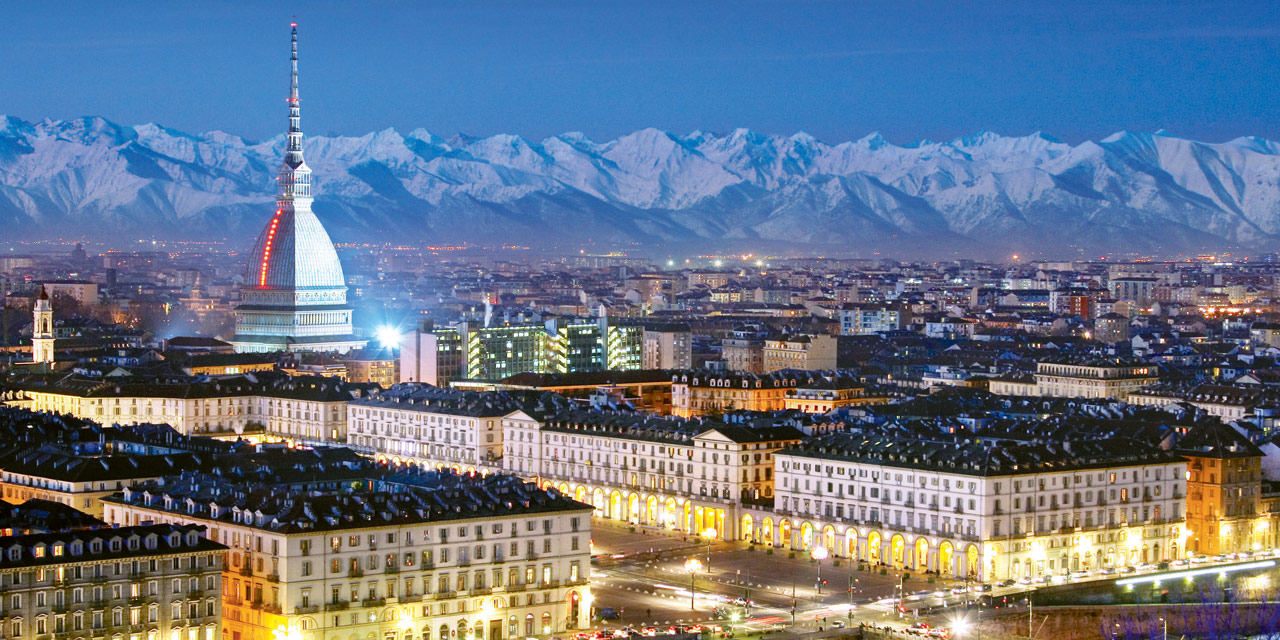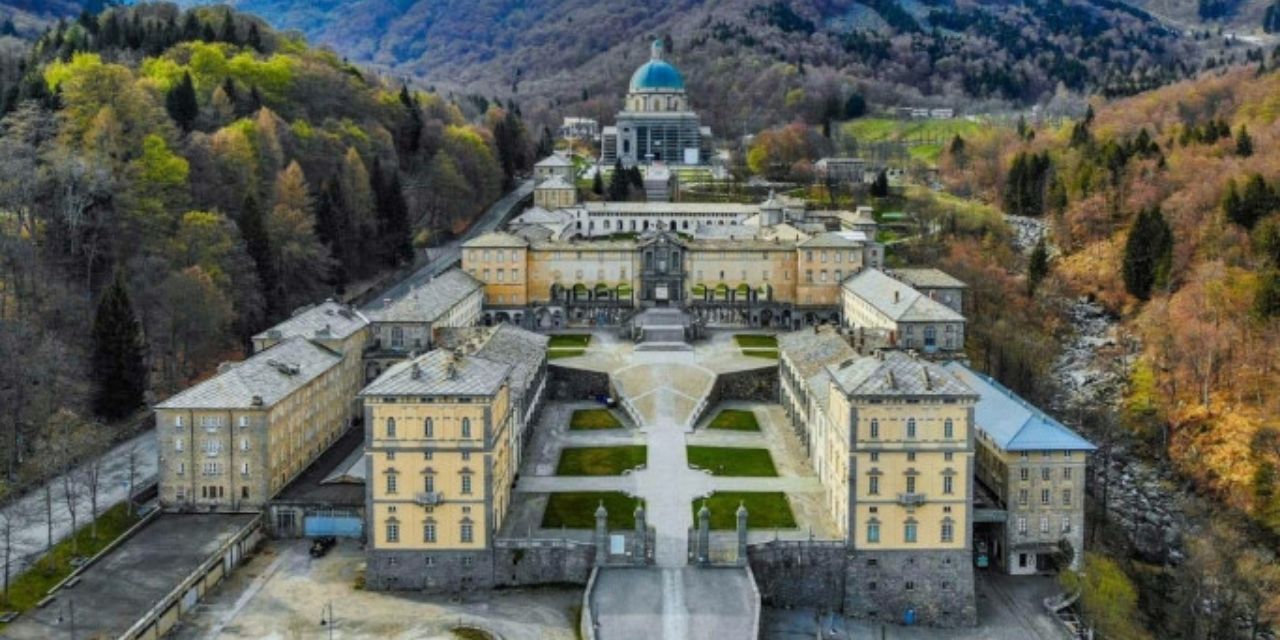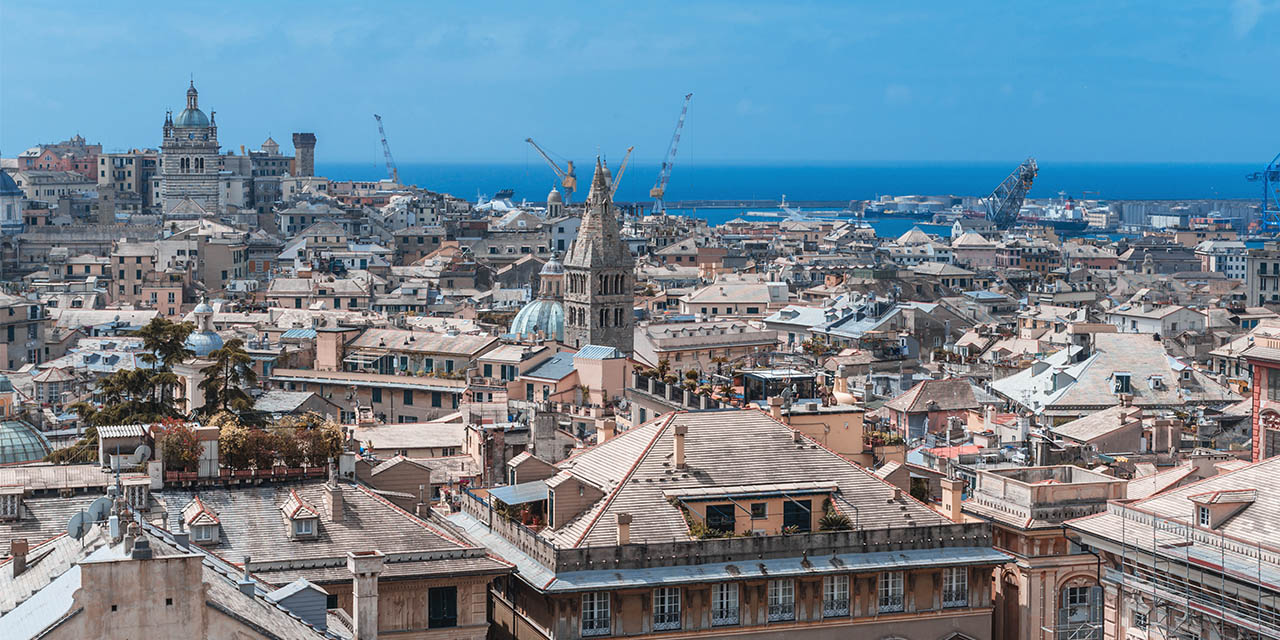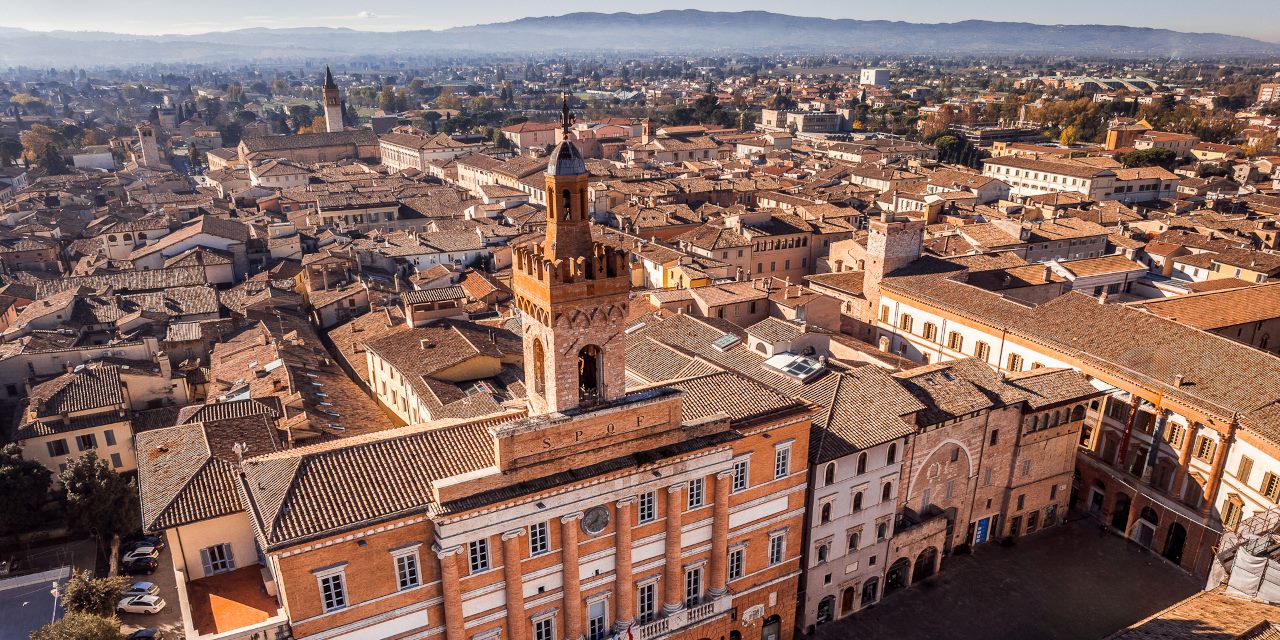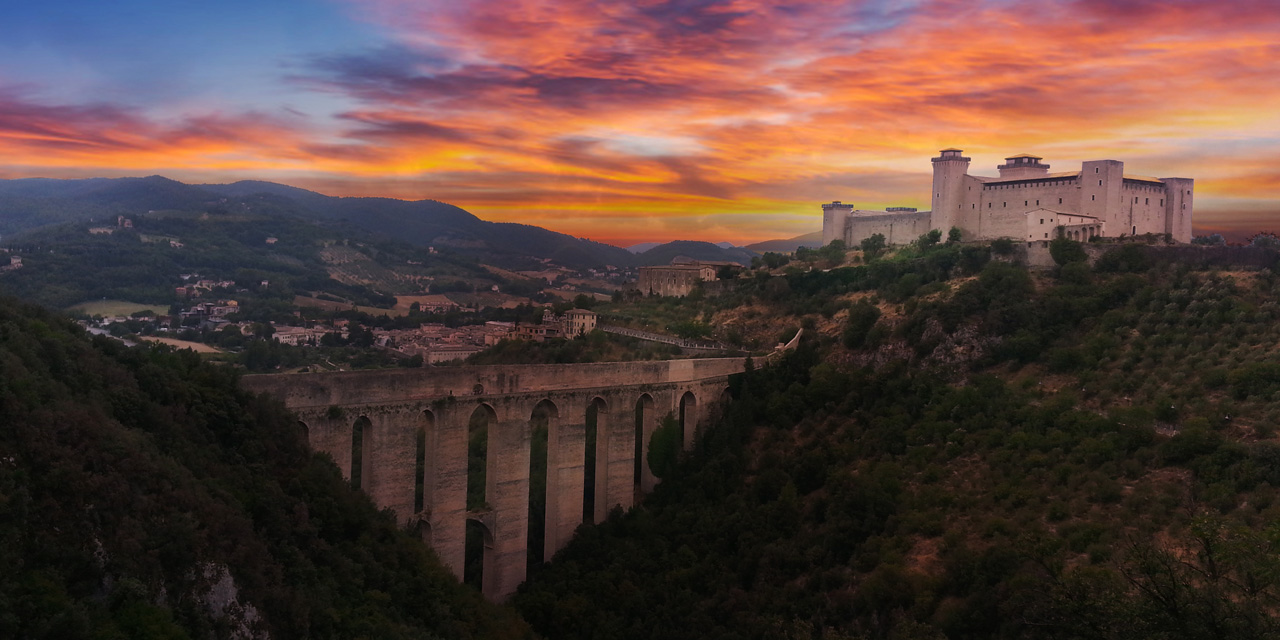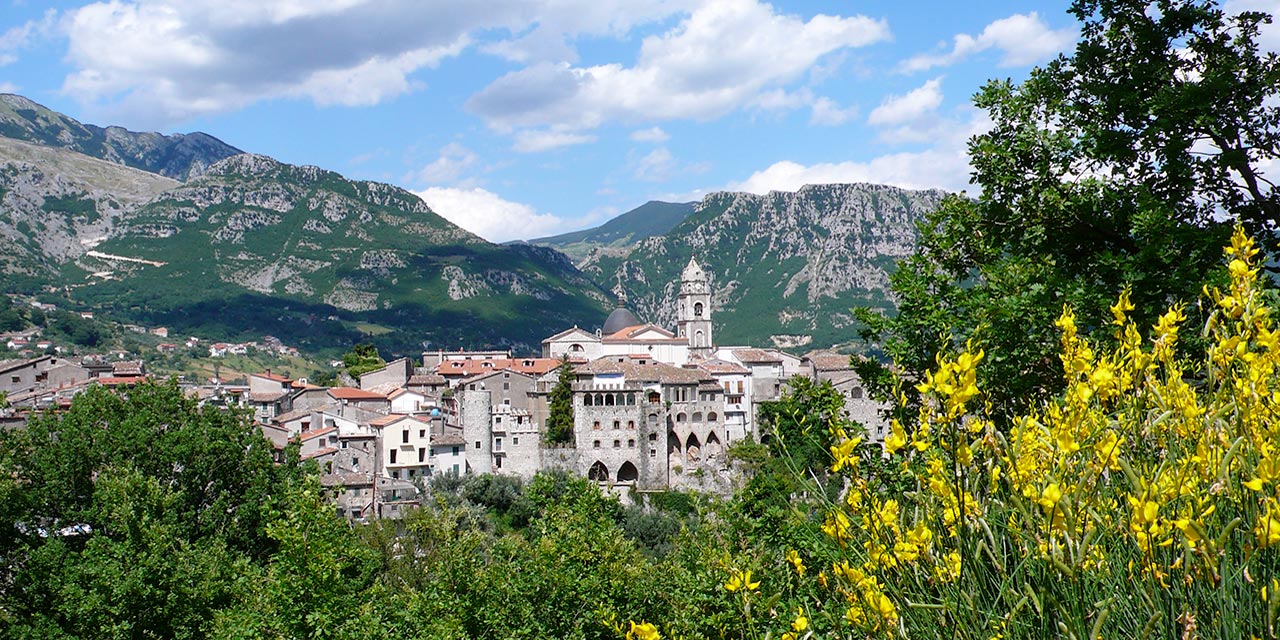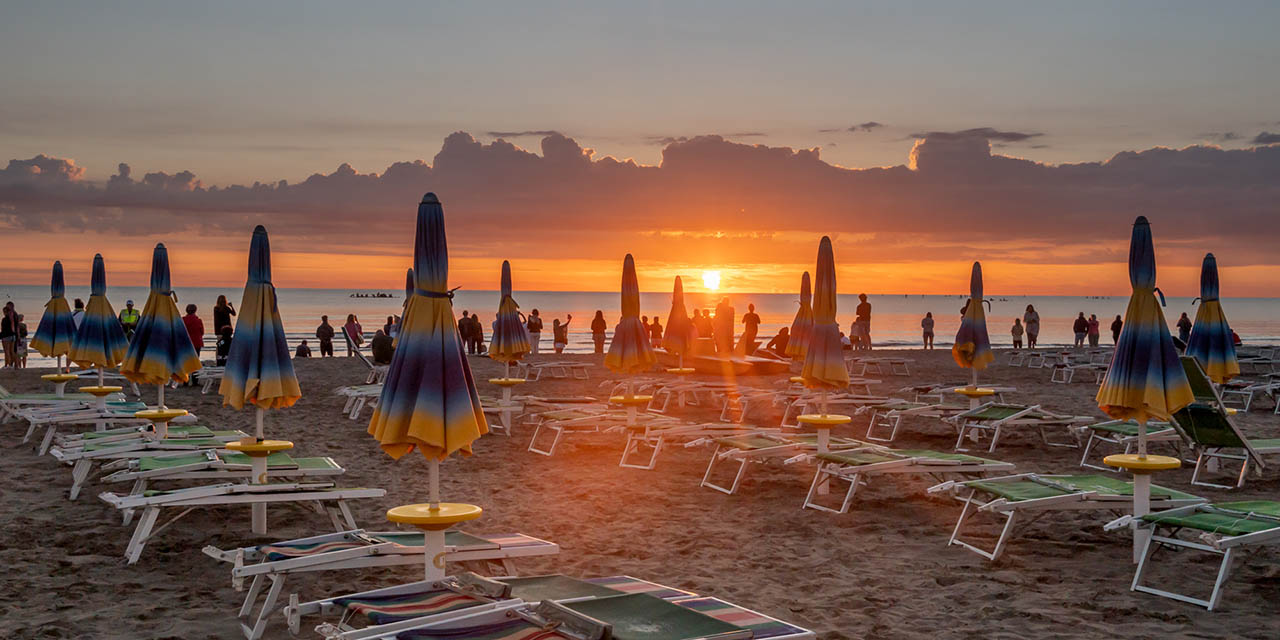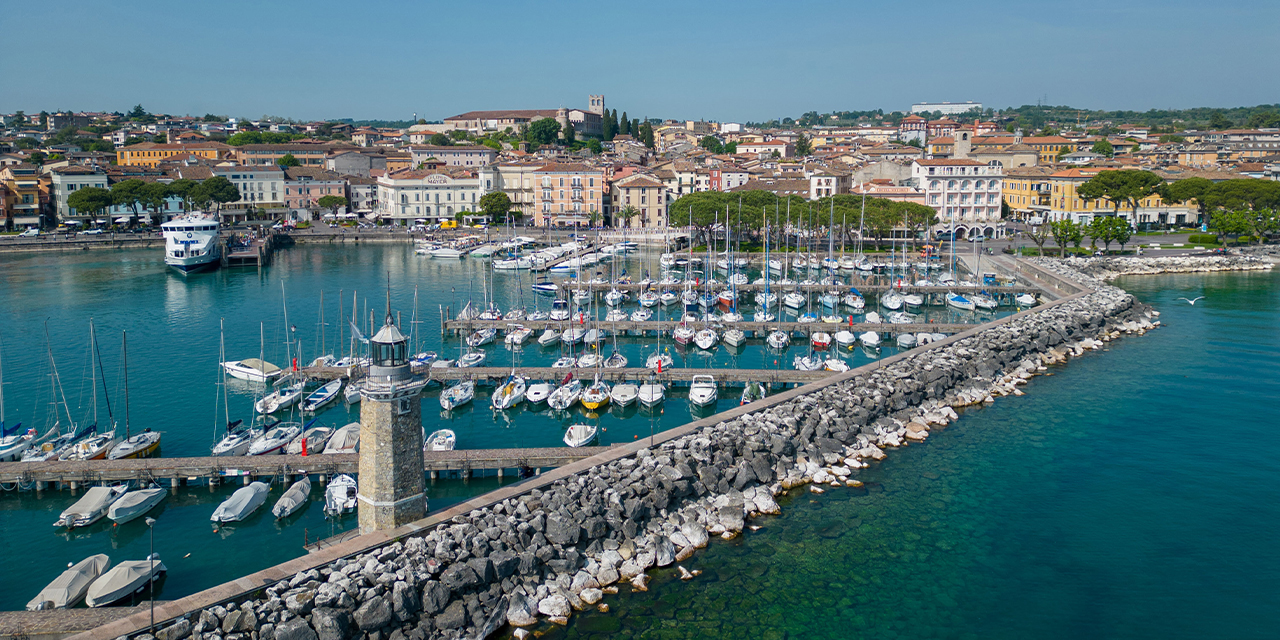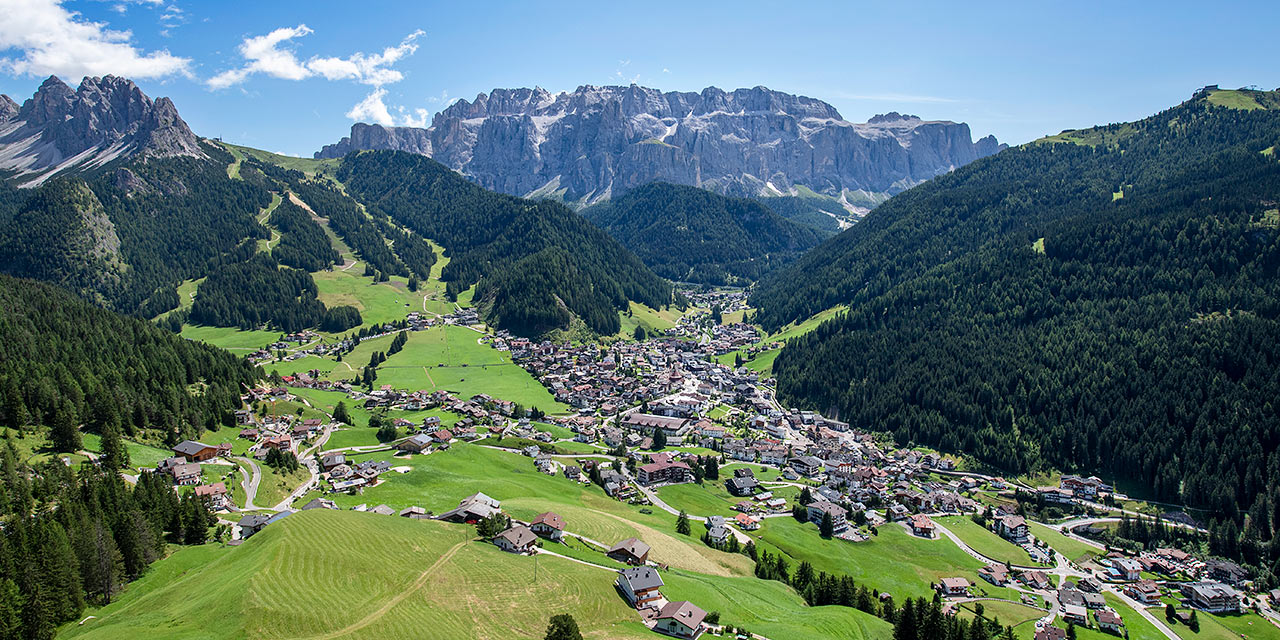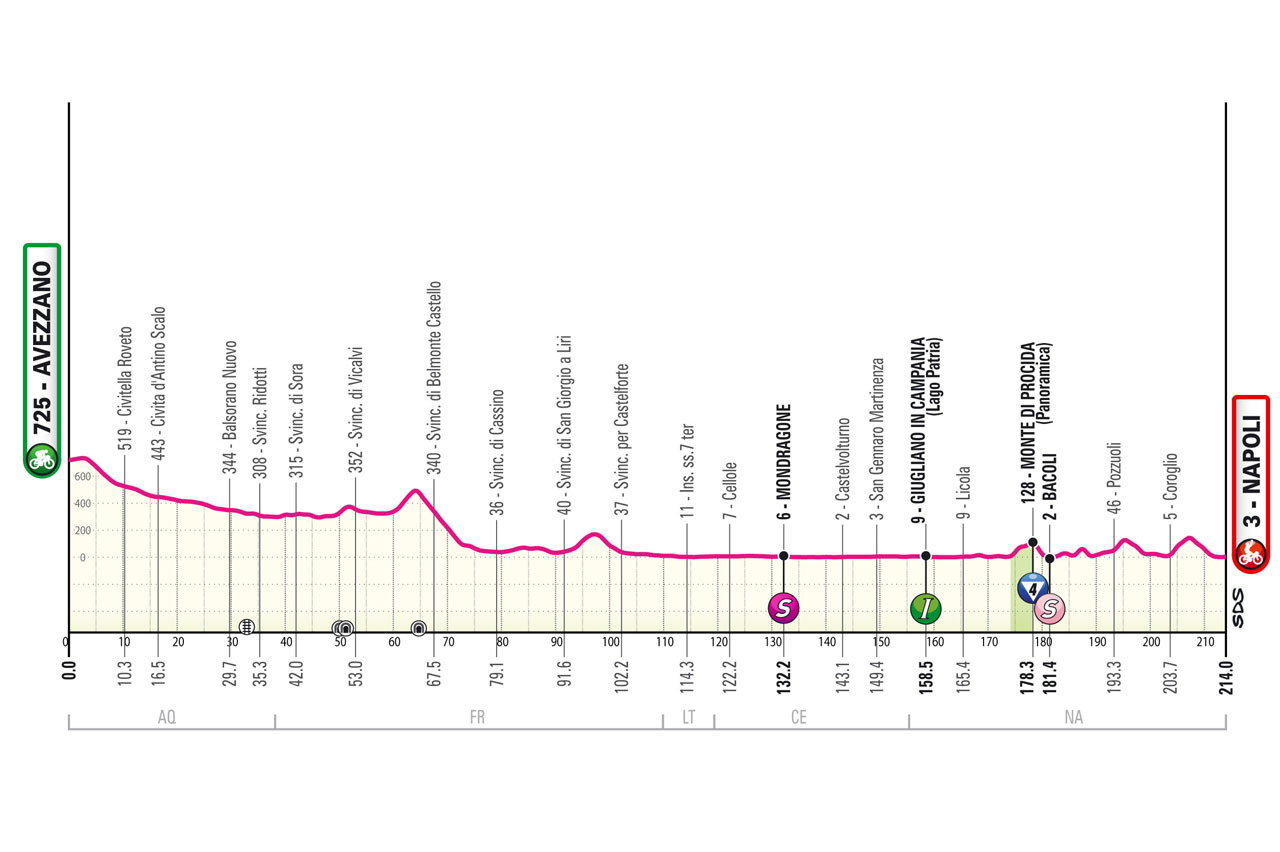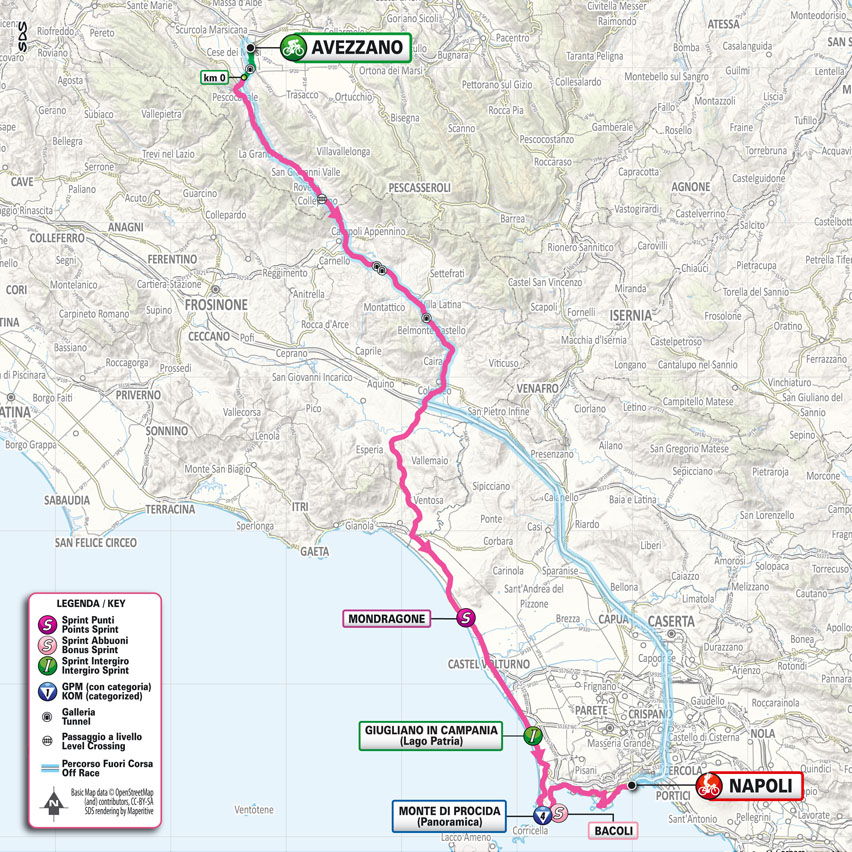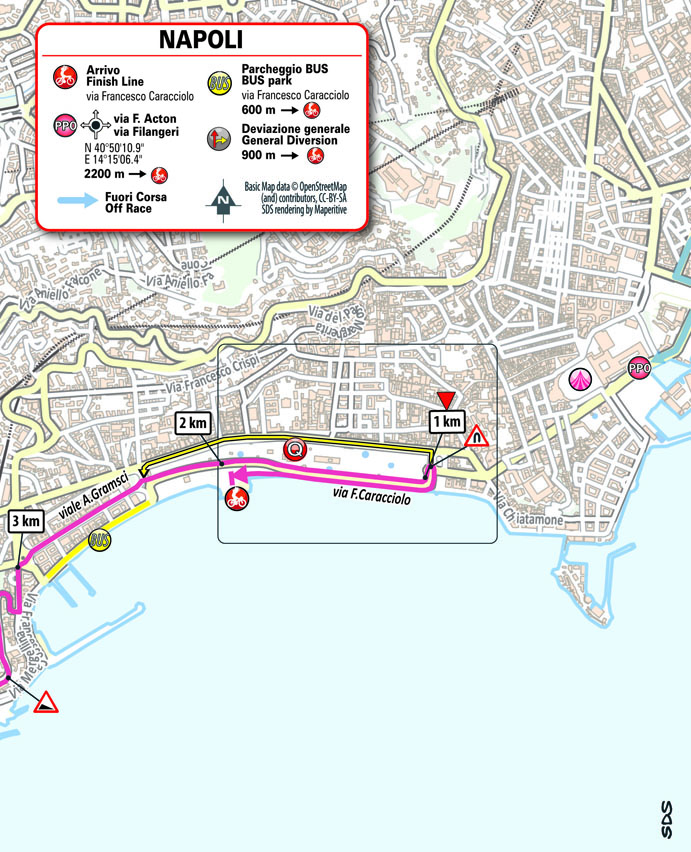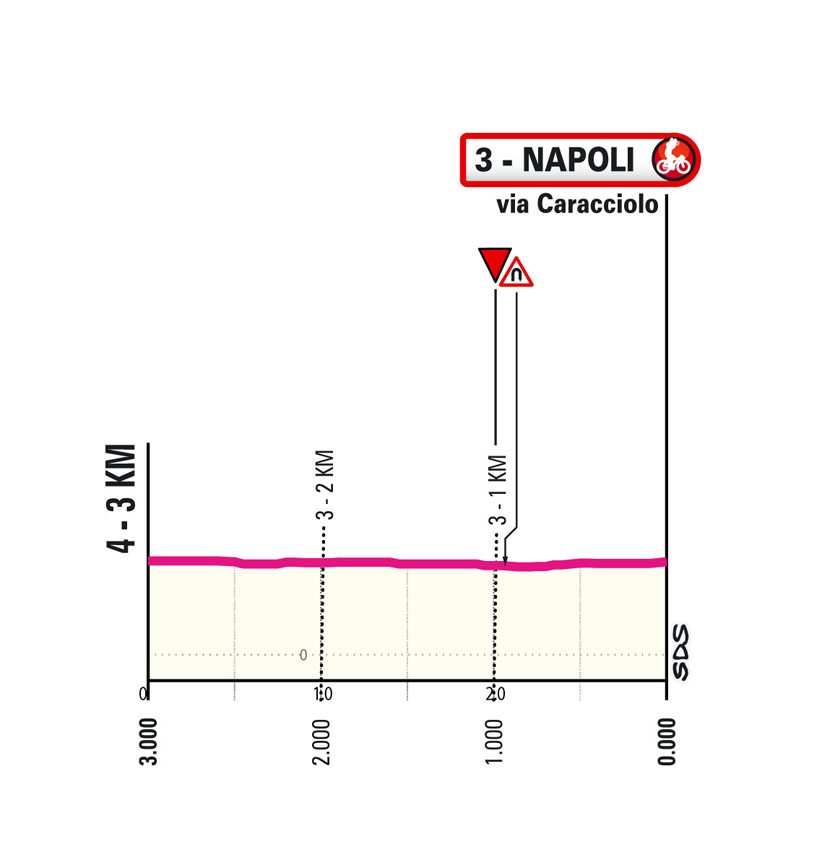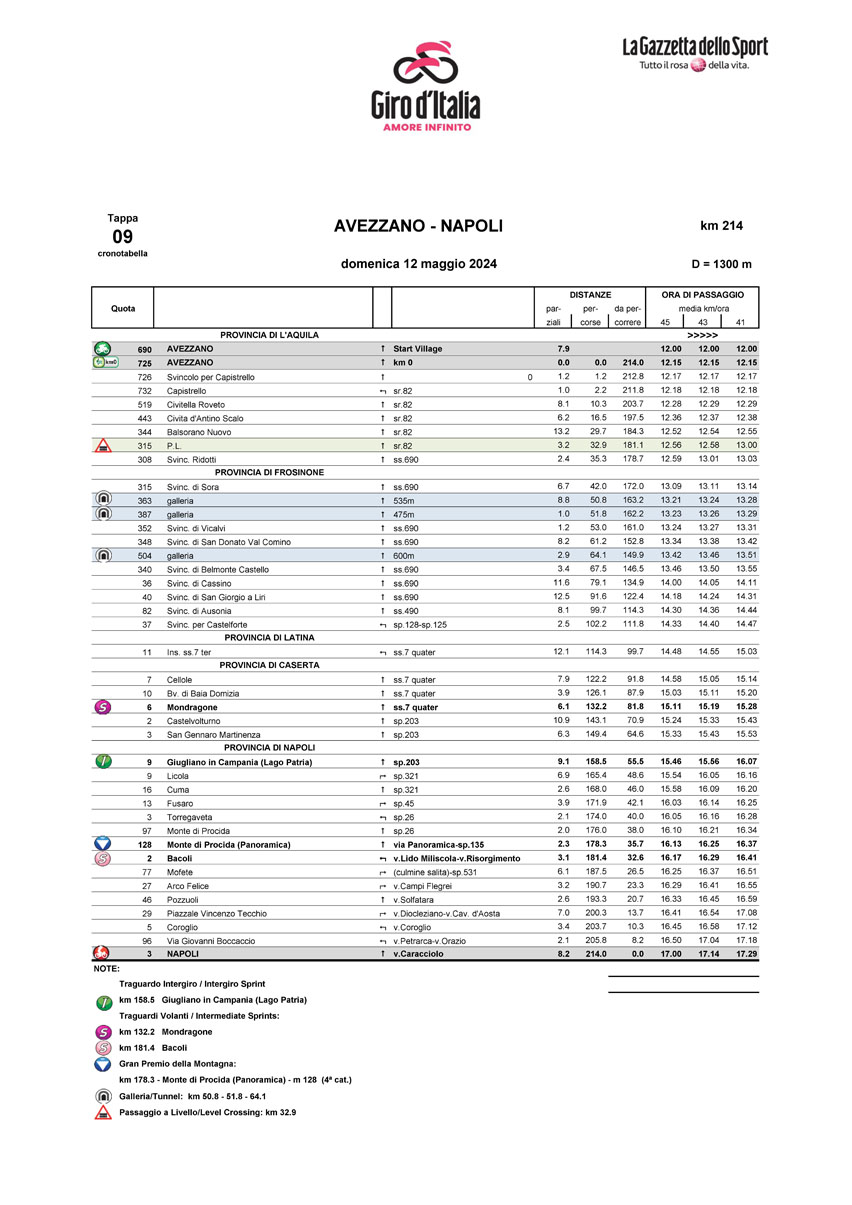profile
map
technical info
Stage clearly divided into two parts. The first 180 km are the run-up to a demanding finale with short and punchy climbs. The first part is predominantly flat and takes place mainly on mostly straight roads interspersed with numerous tunnels. The riders then race parallel to the Tyrrhenian coast before heading to the Monte di Procida area and tackling the last kilometres. The roads are in good condition, but with narrow carriageways and continuous changes of direction and gradient. To be noted, after Torregaveta, the sudden 14% wall that leads to Lake Lucrino. Here, the riders will turn for Pozzuoli and Posillipo. Neaples city centre will be reached after the long descent along Via Posillipo.
Last kilometres
The last 3 km are perfectly flat along Via Dohrn and Via Caracciolo heading east to turn around a roundabout at the last km and retrace Via Caracciolo to the finish. The final straight is 900 m long and 9 m wide on asphalt.
start / finish
final kilometres
itinerary timetable
tourist info
Host city:
Avezzano
Overview
The town of Avezzano is located in the centre of Marsica, a historical area of Abruzzo in the province of L’Aquila. Lying on the north-western edge of the Fucino basin, it is dominated to the north by the Monte Velino massif, the third highest mountain in the Apennines and constitutes an important geographical junction in the Apennine area of central-southern Italy. It is located halfway between Rome and Pescara and easily accessible via the A24 / A 25 motorways and the railway line. The city managed to recover well from the Marsica earthquake of 13 January 1915, ranked among the major seismic events in Italy in terms of destructive force and number of victims, about thirty thousand.
Points of Interest
- The Castle: built on the remains of a medieval tower from the 12th century, the Orsini-Colonna Castle was converted into a Renaissance palace in 1490 by commander Gentile Virginio Orsini. In the mid-16th century the structure, enlarged and fortified by Marcantonio Colonna, was made suitable for theatrical activities. On 13 January 1915, parts of the building were destroyed by the earthquake that razed the city to the ground, the highest part of the structure collapsed and the 16th-century additions by the Colonna family were lost. The restoration works, carried out in several stages, were completed in 1994 and since then the rooms have been used for theatre, music and conferences.
- The Sanctuary of Madonna di Pietraquaria: located on Mount Salviano at about 1,000 metres above sea level, the Sanctuary is dedicated to Our Lady of Pietraquaria, patron saint of Avezzano. The site was built in the Middle Ages on an area where three small religious buildings dedicated to St. John, St. Peter and St. Mary used to stand. To the Virgin of Pietraquaria is also dedicated the strongest and most persistent tradition of the Avezzano community, that of the traditional “Focaracci”: the fires lit in the various towns’s districts on the night of 26 April in honour of the patron saint.
- The “Madonnone” – Fucine Inlet: the Fucine Inlet is a monument built on the head of the main emissary of the Fucine Lake. It is made up of the three-arched bridge of the sluice gates and the about 7-metre-high (23 ft) statue of the Immaculate Conception rising above. It can be found in Borgo Incile, a locality south of the city of Avezzano.
The Tunnels of Claudius: it consists mainly of a 6 km-long tunnel (or emissary) together with several monumental service tunnels which Roman Emperor Claudius had built to partially drain the Fucine Lake in Abruzzo, protecting riparian villages from floods and creating agricultural land. It was a massive engineering project involving 30000 workmen and slaves who completed it in just 11 years, and considered among the grandest in antiquity. - The Town Hall or “Palazzo di Città”: following the disastrous earthquake of 13 January 1915, the new town hall was designed by engineer Sebastiano Bultrini and finally inaugurated on 15 December 1927. Stylistically, the palace looks like a 15th-century Tuscan residence in neo-Gothic style, characterised by neo-medieval architectural elements and a façade flanked by two symmetrical turrets with circular windows on the upper part and mullioned windows with two lights on the lower part. An air-raid siren was installed on the roof in 1936 to warn the population of impending air raids. Still functioning, it sounds every day to indicate noon.
- St Bartholomew’s Cathedral: the Cathedral of St Bartholomew the Apostle, also known as the Cathedral of the Marsi, is the main place of worship in Avezzano, mother church of the diocese of the same name and one of the largest in the Abruzzo region.
Napoli
Overview
Naples is one of the most populated towns of Italy and there are almost one million inhabitants.
Since from the Ancient time, it has been a multicultural town, a destination longed for by many polpulations who have succeeded in time and have shaped its aspect and culture.
Walking in the heart of the old city is retracing the town history. In fact, through the long and characterisic streets, the churches architectures and ancient nobiliary buildings are evident different stratifications that show different historical and artistic influences. In fact in 1995 the historical center of Naples was declared from UNESCO “world cultural heritage”. Among the most famous streets there is Spaccanapoli, a very long street that, if seen from the top of Vomero hill, seems to split in two the historical centre. Then there is Saint Gregorio Armeno street that is famous for the artisan shops of nativity scenes. A stop-over in the cathedral is suggested to see the chapel of Saint Gennaro considered one of the masterpieces of the baroque art.
Food
If any food should be associated with Naples, it would definitely be pizza: the classic and most famous “pizza Margherita”, topped with mozzarella cheese, tomatoes and a leaf of basil, has been joined by many new and refined “gourmet” recipes, recently in vogue and able to suit all tastes. Pizza, in Naples, is a “serious matter” and the job of “making it” is considered as pure art: that is why nothing is improvised, and its preparation is made of precise gestures and procedures, wisely handed down from one artisan to another. In fact, in 2017 the “art of Neapolitan pizza-makers” was declared “Intangible Heritage of Humanity” by UNESCO, thereby recognising pizza’s cultural relevance and identity value as a “Neapolitan (quality) brand”.
However, visitors willing to enjoy the flavors of traditional Neapolitan cuisine must prepare to be spoilt for choice! Among other typical products, a very tasty one is “casatiello”, a sort of “rustic pie”, made of a dough mixed with pepper and lard and filled with eggs, salami and cheese, traditionally prepared for Easter.
Actually, even Neapolitan pastry offers plenty of delights; sweet lovers can not miss a stop in a traditional pastry-shop to taste one of the local delicacies: the famous “Babà”, offered by every café and restaurants, either in its classic rum-flavored recipe, or covered in custard, cream or chocolate; still, the traditional “Sfogliatella”, a pastry with a delicious filling of semolina, ricotta cheese, eggs, sugar, candied fruit cut into small pieces, either wrapped in a shell-shaped crunchy puff pastry (the so called “riccia”) or surrounded by a round-shape thick shortbread (“frolla”) Babà and Sfogliatella flavoured ice cream definitely deserves tasting too.
Beverages
Coffee is one of the symbols of Naples. Appreciated for its restoring property it is more than a simple beverage. Offering a cup of coffee or simply drinking it has a symbolic value, it’s a kindness, it’s an act of friendship. Coffee is an opportunity for shortening distances and engaging a conversation. In Naples there is the custom of “caffè sospeso”: when you take a coffee in a bar you can pay for an other coffee than is destinated to an other customer who will ask for. In this way is offered to a person who can not afford the price of the coffee.
Although it is appreciated in all its varyties the most traditional manner to prepare the coffee is using the so-called “cuccuma” the typical neapolitan coffee maker. It’ is composed of two overlapped containers. One is fill up with water and the other one with coffee powder. When the water boils, it is necessary to overtun the coffee maker in order to make water filter through the coffee powder. During this procedure it’s better to cover the spout of the coffee maker with a “coppettiello” that is a piece of paper fold as a cone in order to preserve the coffee aroma. It is taught by Eduardo De Filippo in his famous comedy “Questi fantasmi”.
Points of interest
More and more people, from Italy and all over the world, plan to visit Naples every year. Its historical and cultural heritage makes Naples one of the top tourist destinations. Its several churches and museums, its typical alleys, and its ancient nobile buildings, tell us about two thousand-years of history, rooted in a crossroad of people and civilizations that deeply influenced the local culture and features.
Though, Naples captivating beauty does not come exclusively from its long history. This place is also fertile ground for innovation and creativity. A significant event has been the recent opening of Line 1 – Metro stations, the so called “Art Stations”. These stations have been designed by renowed architects (such as Alvaro Siza, Gae Aulenti, Massimiliano Fuksas, Karim Rashid, Alessandro Mendini, Oscar Tusquets Blanca) and great contemporary art-works have been placed within them. Not surprisingly, they are called “compulsory museums”, since daily passengers cannot avoid to look at the contemporary artworks displayed there, as well as to admire the city’s ancient greek and roman ruins, emerged from the metro line’s costruction sites.
Likewise, in its traditional “vicoli” (narrow and shadowy alleys), Napoli bursts with art and beauty. In the renowed, popular districts of “Quartieri Spagnoli” (“Spanish Quarter”) and “Sanità”, special tours are arranged to discover the many graffitis, and site-specific artworks recently appreciated, such as the street-artist Jorit, whose trademark is a powerful, almost photographic, realism in portraying famous people linked to Neapolitan history and culture. Among them, stands out the portrait of San Gennaro, city’s Patron Saint, depicted on the facade of a popular building, just a short walk from the Cathedral where his relics are preserved.
The underground city is very interesting too. It is possible to visit ancient tufa quarries that in the past where used as cisterns and also as shelters during the Second World War.
People who arrive in Naples have also to visit the hill districts. In Vomero it is possible to see the Charterhouse of San Martino or the XVth century Castle of Sant Elmo from which is possible to admire the city from above. Another panoramic point of the city is the hill of Posillipo. From here tourists can appreciate the Gulf of Naples and Sorrento coast.











